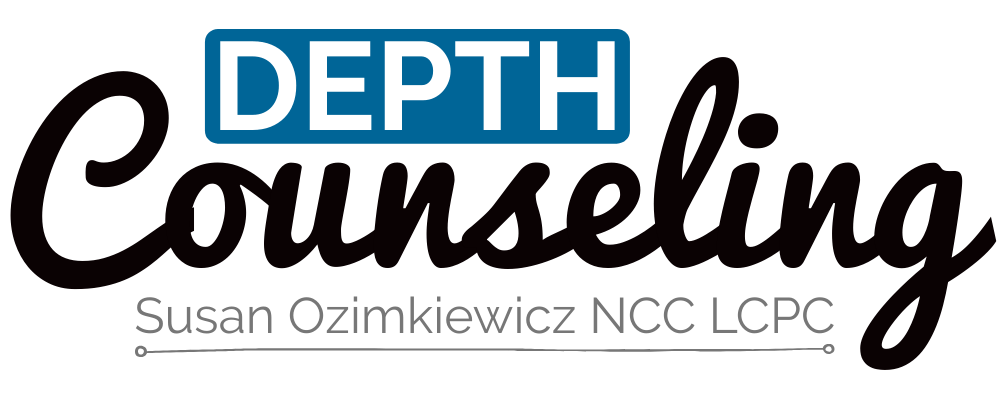How to Manage Angry People
Anger Defined More Fully

Anger is a secondary emotion, acting as a protective "defense mechanism" to shield or protect oneself. A situation, an event, hurtful words are spoken to you and then you react by getting good and mad, and angry.
Anger is an emotion characterized by tension that arises from irritation, annoyance, frustration, as a real or an imagined insult, an injury through wounded feelings caused by another, or a perceived injustice. Anger can manifest itself and be seen in your behaviors that are designed to resolve anger through using such actions as swearing, shouting, revenge, get even, passive aggressiveness such as giving a cold shoulder, ignoring, the silent treatment designed merely to express to the offender how one feels.
The emotions that are hidden behind anger include fear, hurt, shame, sadness, and frustration or even more vulnerable feelings like slights, insults, being dissed, and not being seen or heard. these are kept from being exposed. Identifying the primary emotion beneath the surface is key to understanding the root cause of anger, allowing for healthier processing and resolution of the underlying feelings.
Anger Hides Other Emotions
- Vulnerability: Emotions like sadness, fear, and hurt can make you feel vulnerable and unable to acknowledge or share.
- Protection: Anger can serve as a powerful facade, allowing a person to project strength and control when they feel internally fragile, helpless, or powerless.
- Avoidance: By expressing anger, an individual might be avoiding the deeper pain associated with feelings of hurt, loss, betrayal, and disappointment.
Common Natural Emotions Underneath Anger
- Hurt: Deep emotional wounds or that someone is mistreating you can lead to anger.
- Fear: Fear of failure, uncertainty, or threats can be expressed by another to you as anger.
- Sadness: Unacknowledged grief and/or unresolved sadness can manifest as anger.
- Frustration: A sense of powerlessness or inability to change a situation often leads to frustration, which can turn into anger.
- Shame/Guilt: Feelings of shame, guilt and self-judgment can also be masked by anger.
- Disappointment: The feeling of being let down or rejected can fuel anger.
How to Work with Underlying Emotions
- Self-Reflection: Ask yourself what emotions or feelings are hidden beneath the anger.
- Acknowledge Vulnerability: Deliberately acknowledging and working with those deeper, more vulnerable emotions can lead to greater emotional health and self-understanding.
What is Anger Telling You?
Anger often signals that a personal need, value, or boundary has been violated by someone that alerts you to a potential problem or injustice. It serves as a powerful warning, indicating that something is not right and action may be needed to address the situation, to correct a wrong, or ensure your well-being. By understanding the underlying message of your anger, you can address the root cause and find effective solutions.
HOW TO MANAGE ANGRY PEOPLE
Backlund and Scott (Assertiveness: Get What You Want Without Being Pushy) suggest the acronym “BULLETS” to use when confronted with difficult and angry people. This is an adaptation for your information.
- Be seated. Be calm and ask the other person to sit down with you which can slow down an intense response.
- Use the person’s name. Using a soft tone of voice and using their name all the time can slow their reactivity.
- Lower your voice. When tension is palpable and present lowers your voice tone.
- Listen. Listen, hear, and acknowledge without rushing what the person has to say. Validation of their issue, thoughts, and feelings is not agreement.
- Eliminate humor. When a person is upset do not minimize or make light of the situation because they would feel minimized and disrespected, and it could increase their anger.
- Talk do not argue. Arguing increases anger and tension. Rational conversation makes people calmer and more likely to help solve problems.
- Slow-down. Decreasing your rate of speech is a way to role-model to the upset person a good behavior pattern in an appropriate manner.







